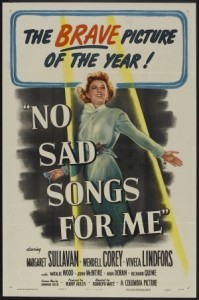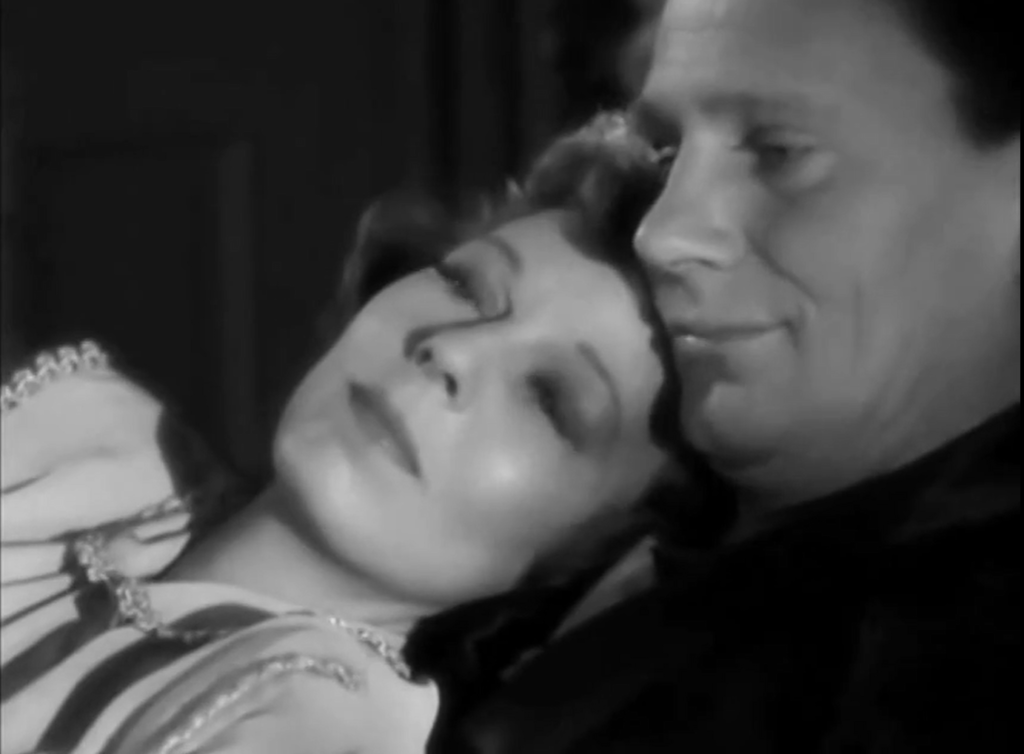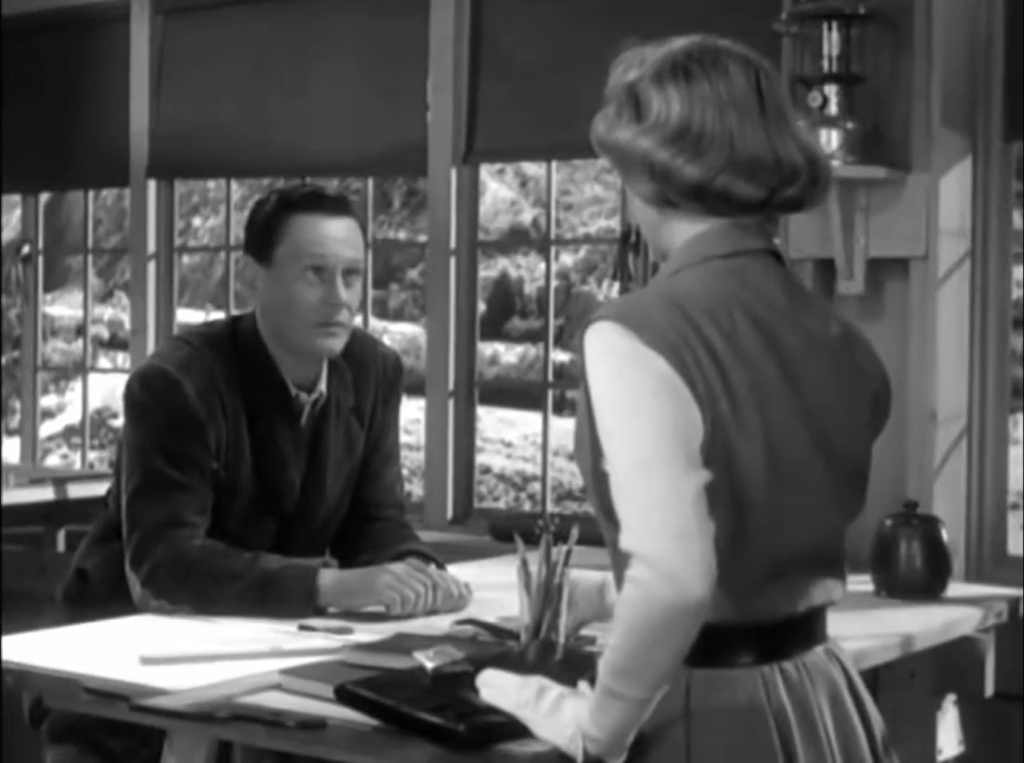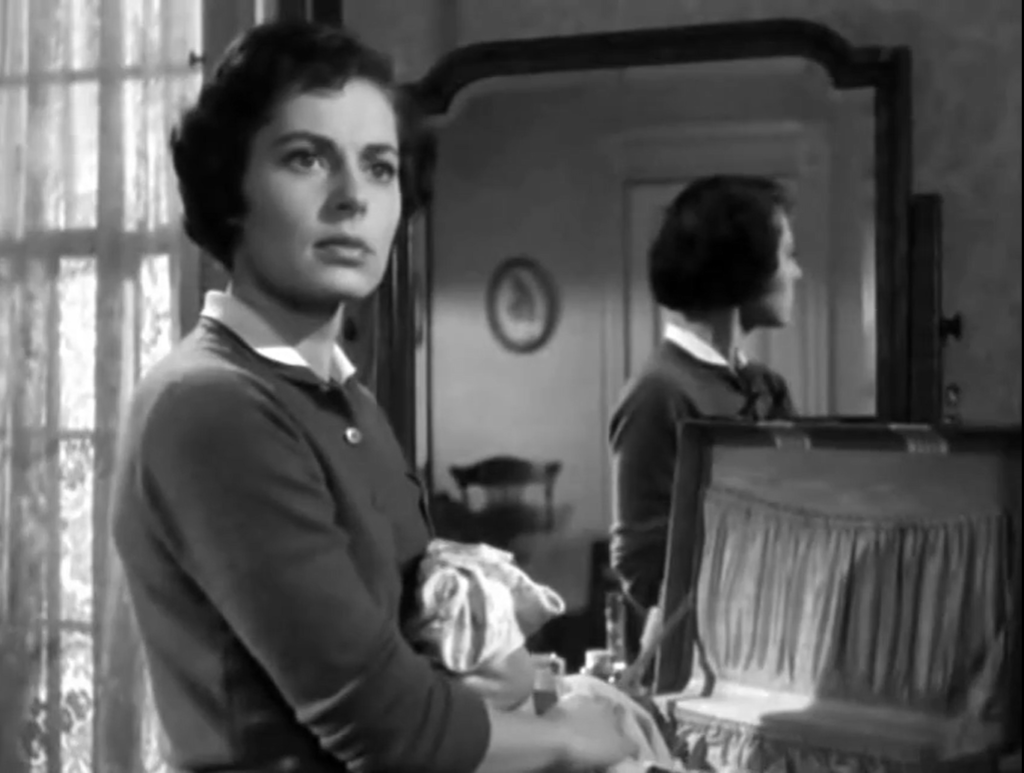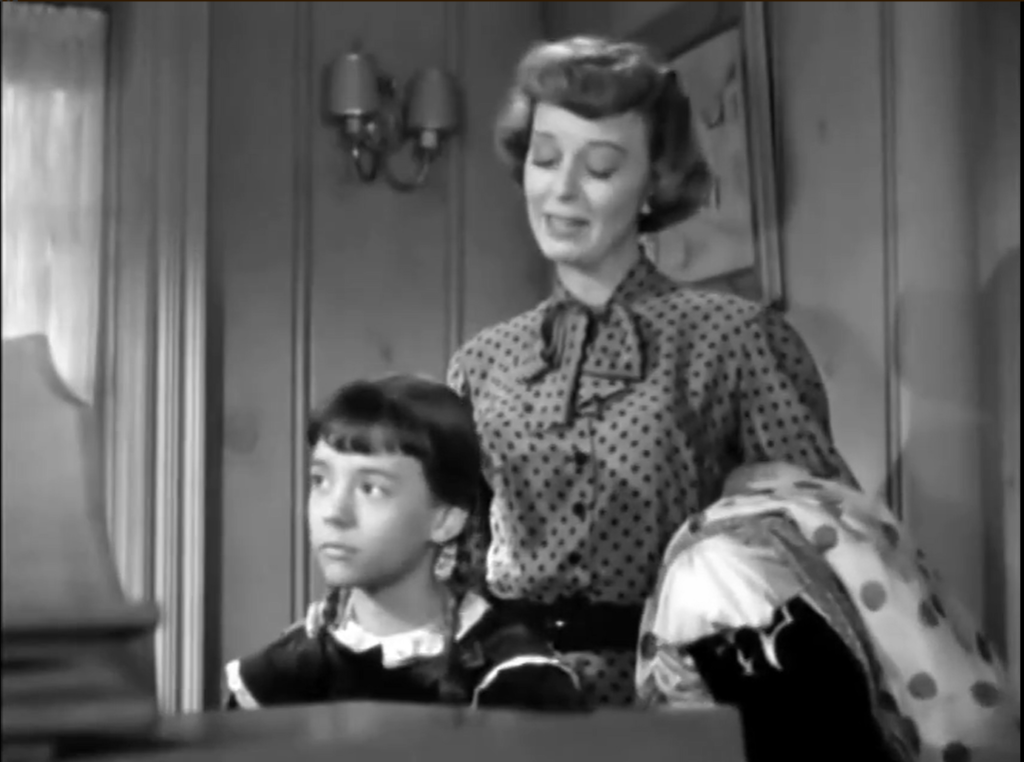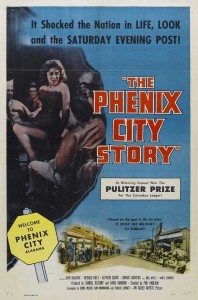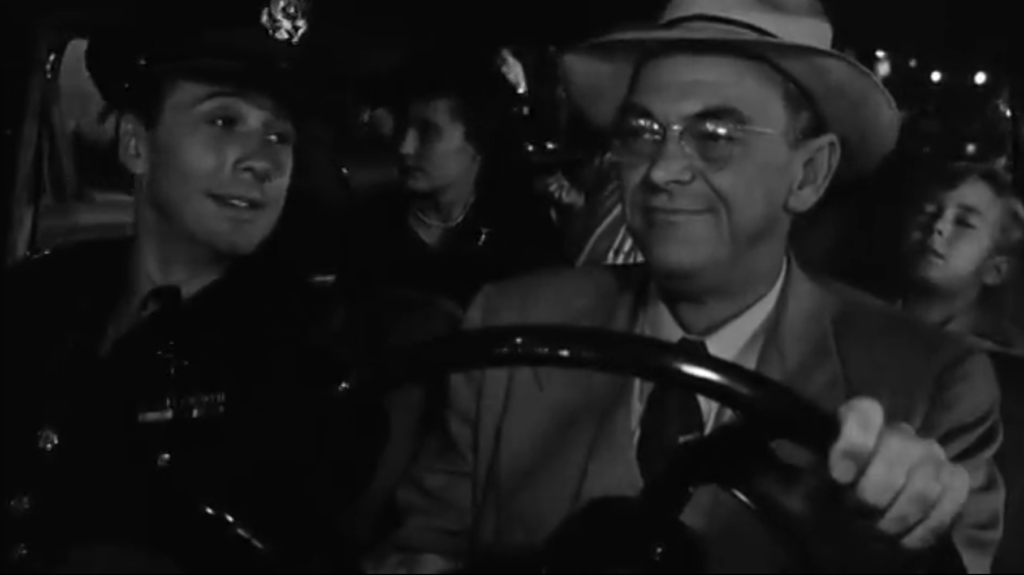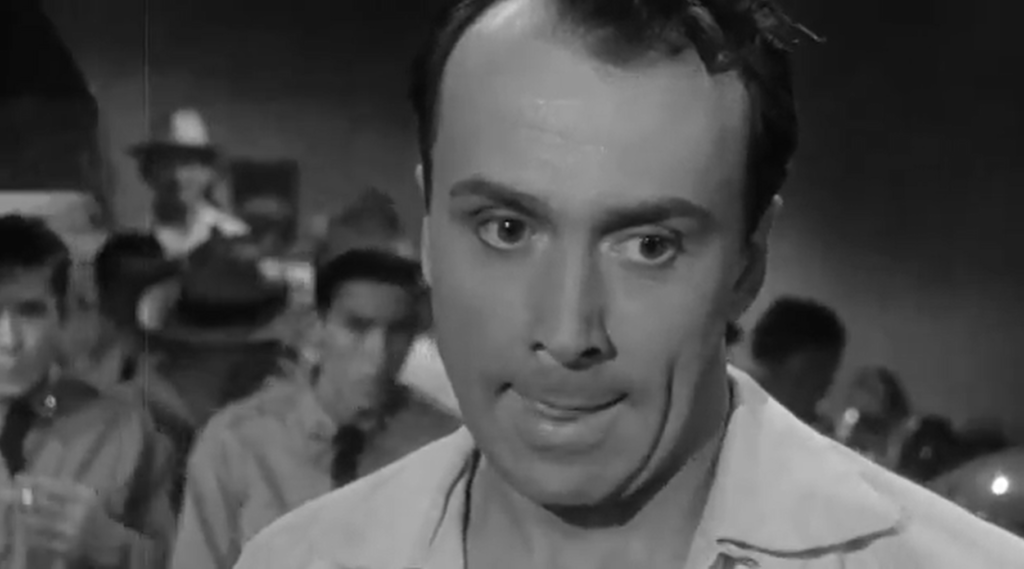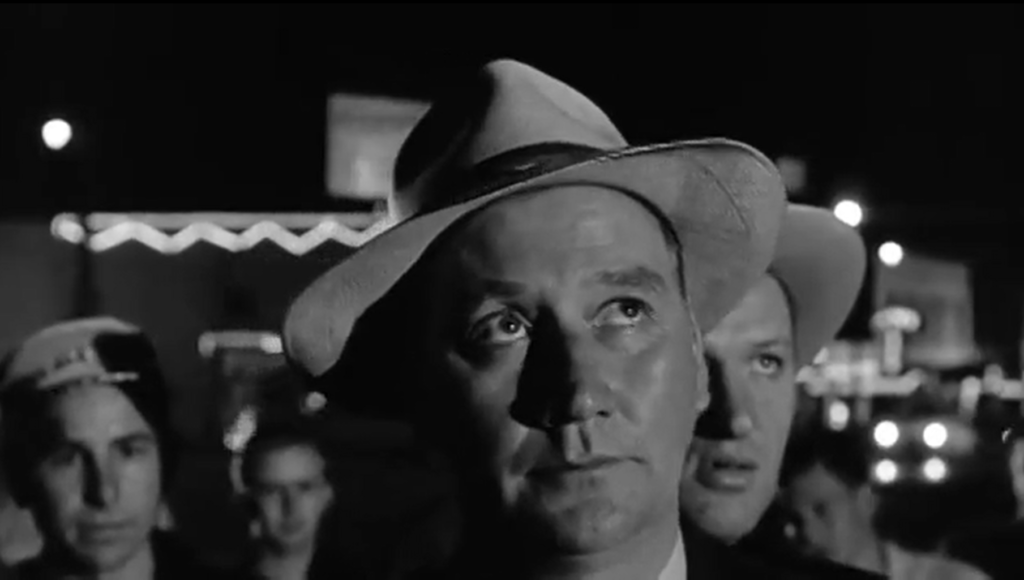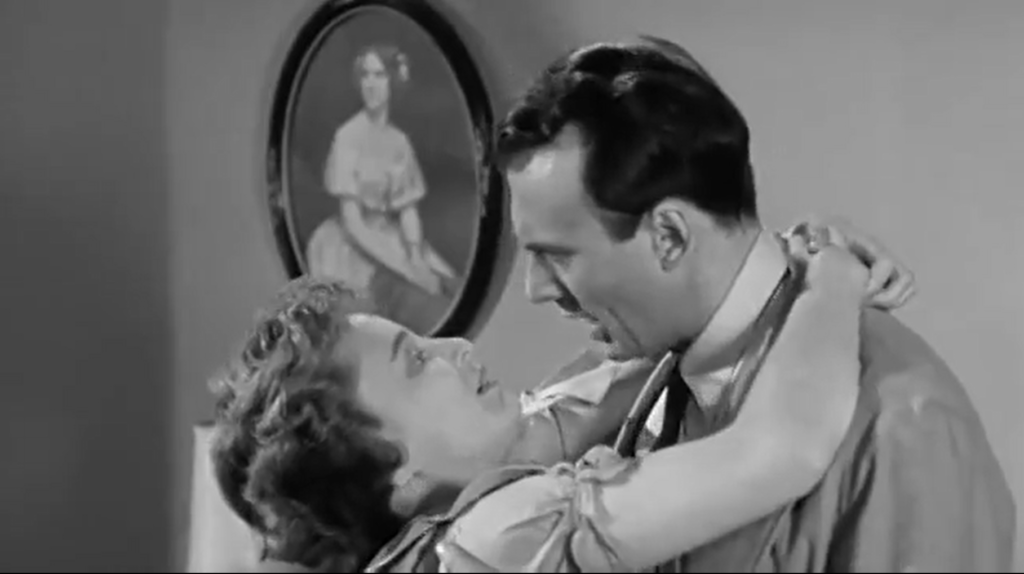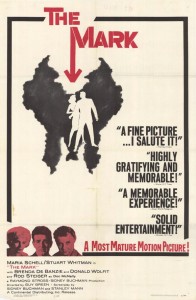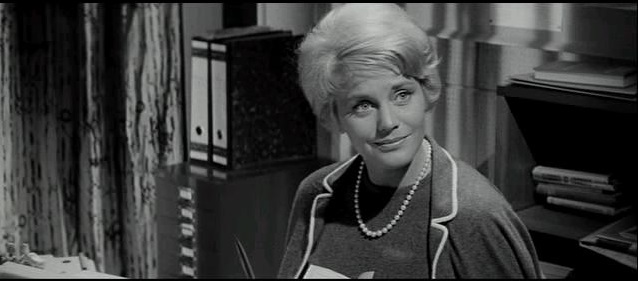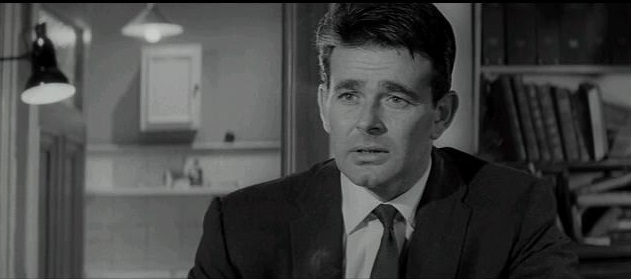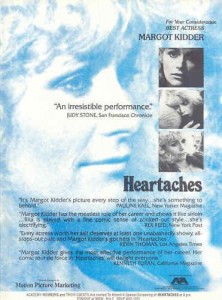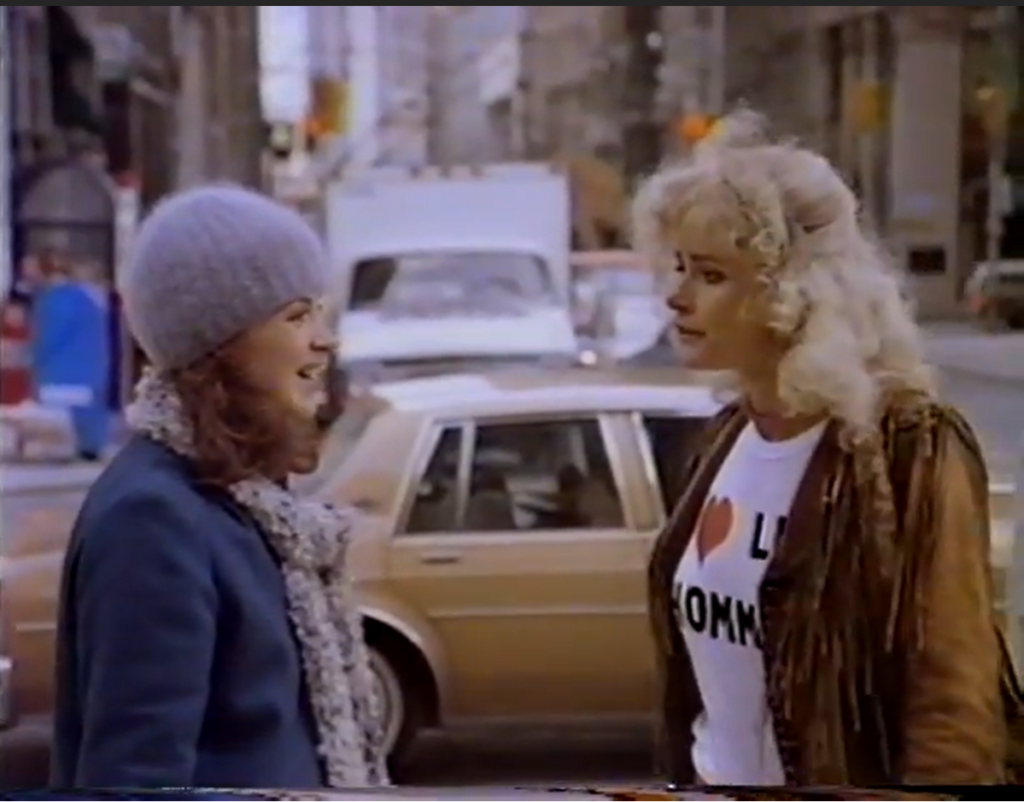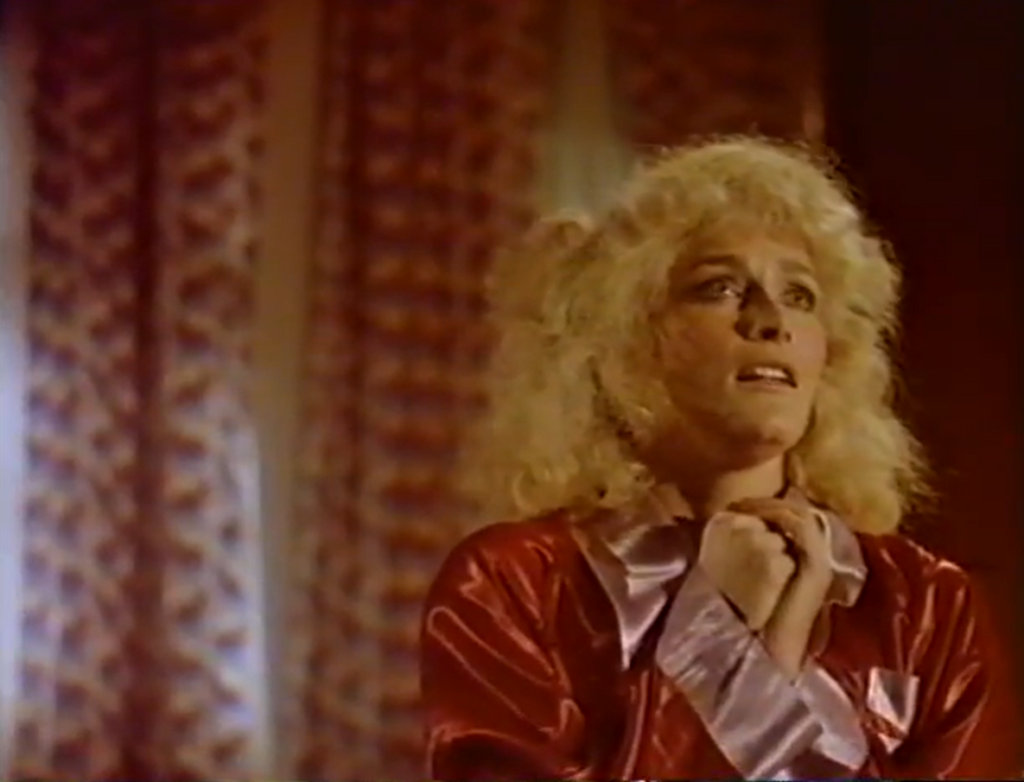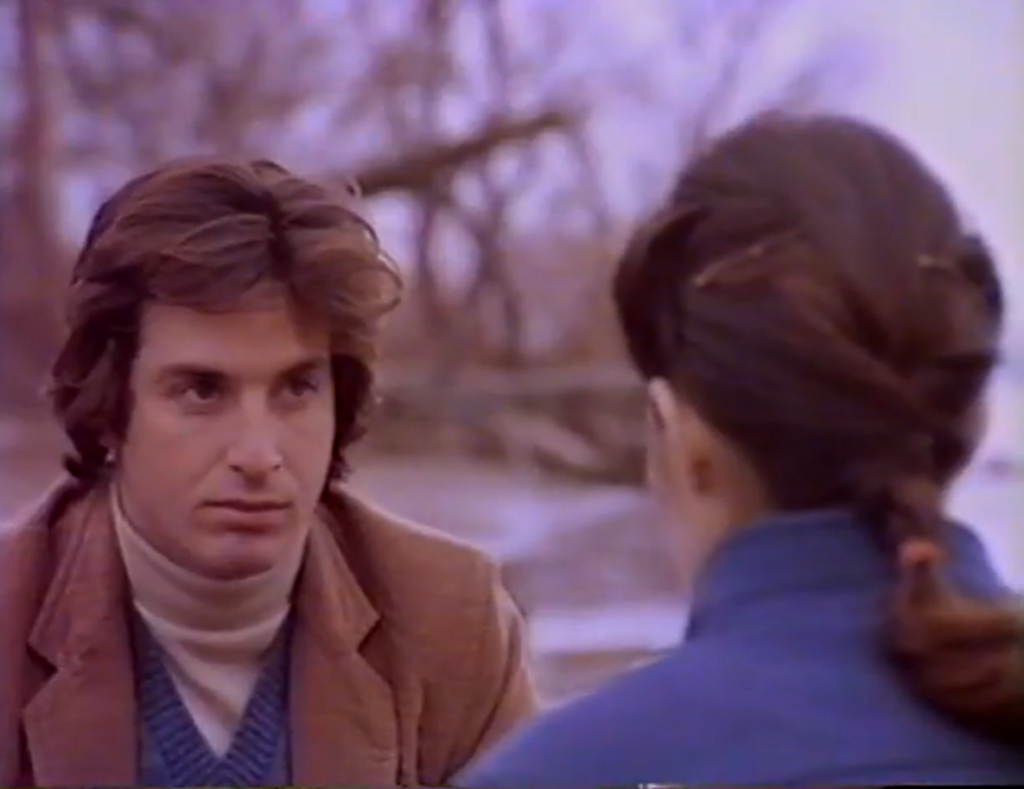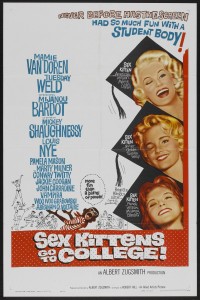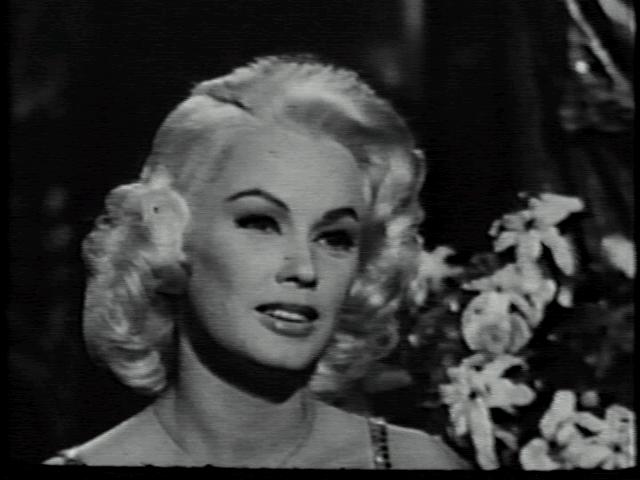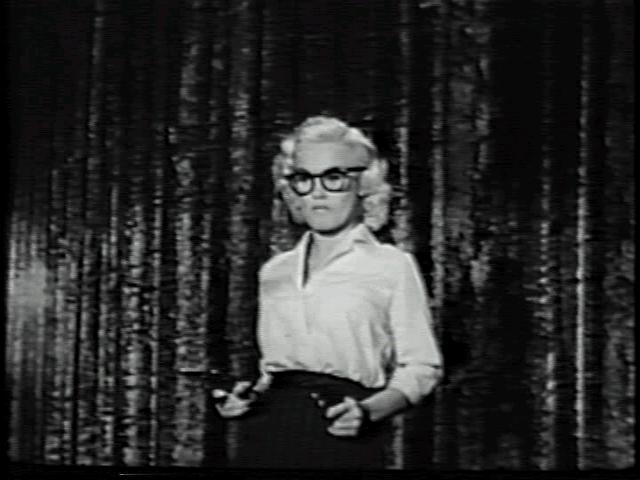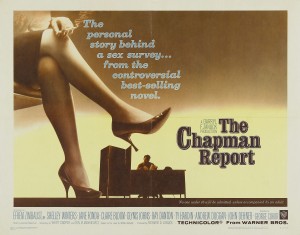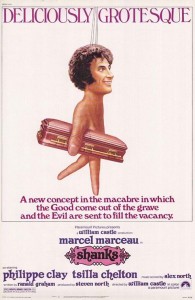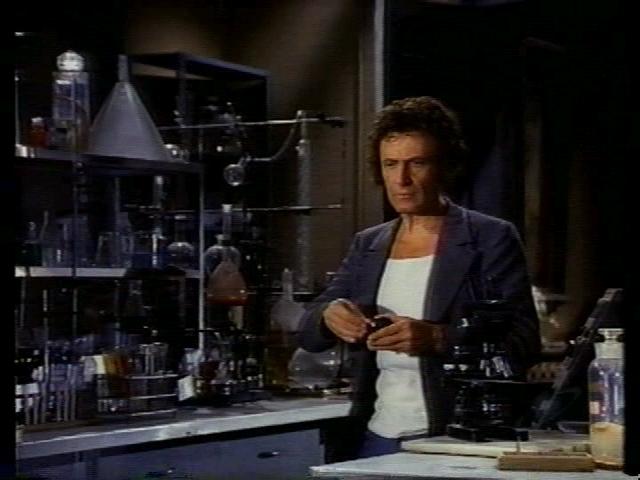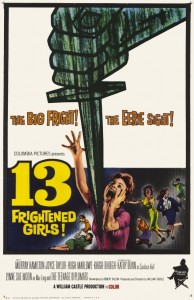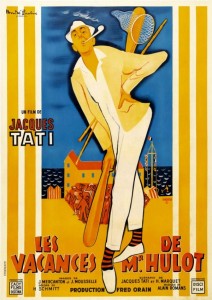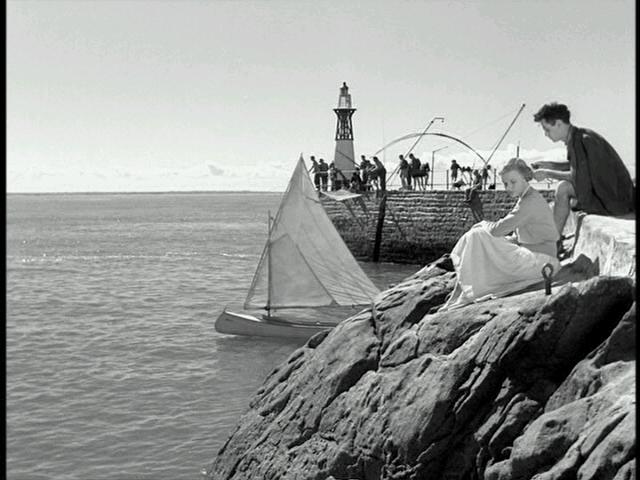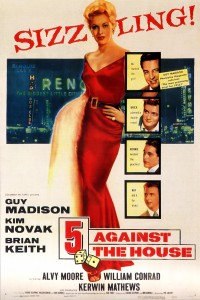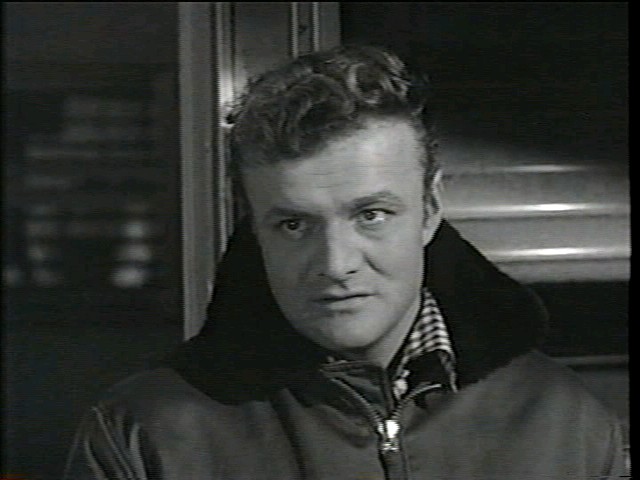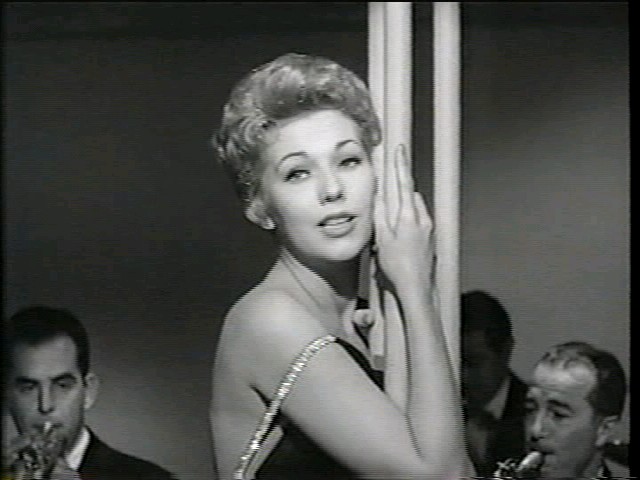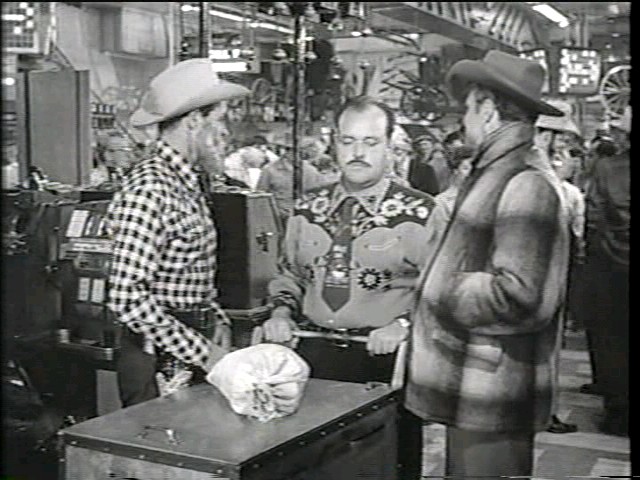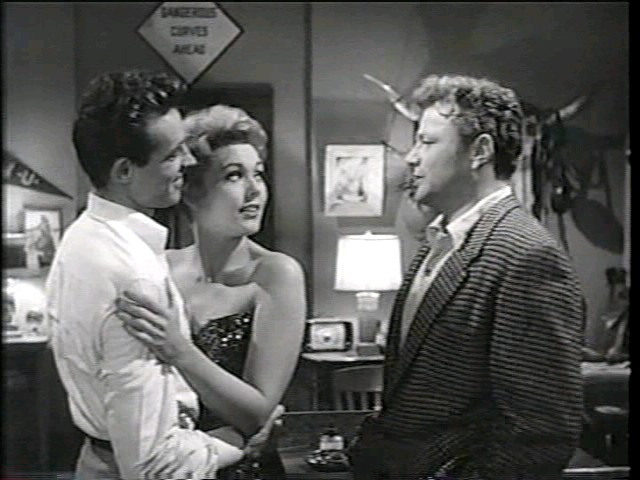|
Genres, Themes, Actors, and Directors:
- Claire Bloom Films
- Cloris Leachman Films
- Ensemble Cast
- George Cukor Films
- Glynis Johns Films
- Housewives
- Jane Fonda Films
- Sexuality
- Shelley Winters Films
Review:
Lambasted by most reviewers as “unforgivably cheap and trashy”, this star-studded melodrama — based on a novel by Irving Wallace — is actually a tame, thinly veiled attempt to capitalize on the popularity of Dr. Kinsey’s infamous sex reports. Ironically, despite Kinsey’s valiant attempt to make “sex” a household term, the word itself is rarely used in this film; characters instead refer to sex as “the physical act”, as when interviewer Efren Zimbalist Jr. says to Fonda’s character: “You’re not the first woman to be afraid — to find the physical act repellent.” Unfortunately, director George Cukor’s choice to cover the gamut of possible sexual issues facing “average” American women makes it difficult for us to care very much about any one of them. Yet the actresses do their best with the screenplay’s limited material: young Jane Fonda isn’t nearly as bad here as most seem to think:
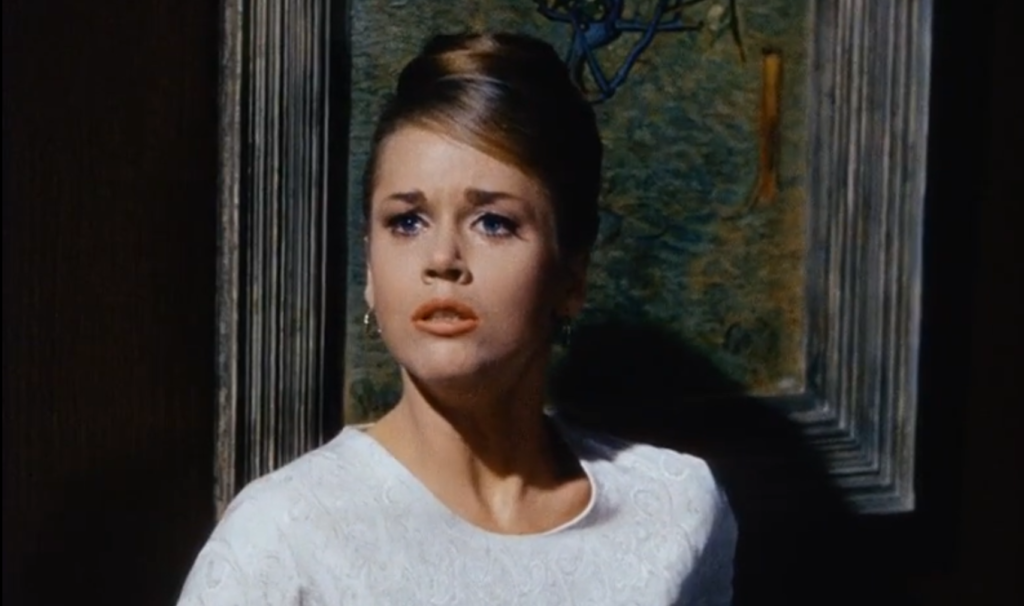
Claire Bloom (always the consummate actress) gives a nuanced performance with hints of unrevealed depth:
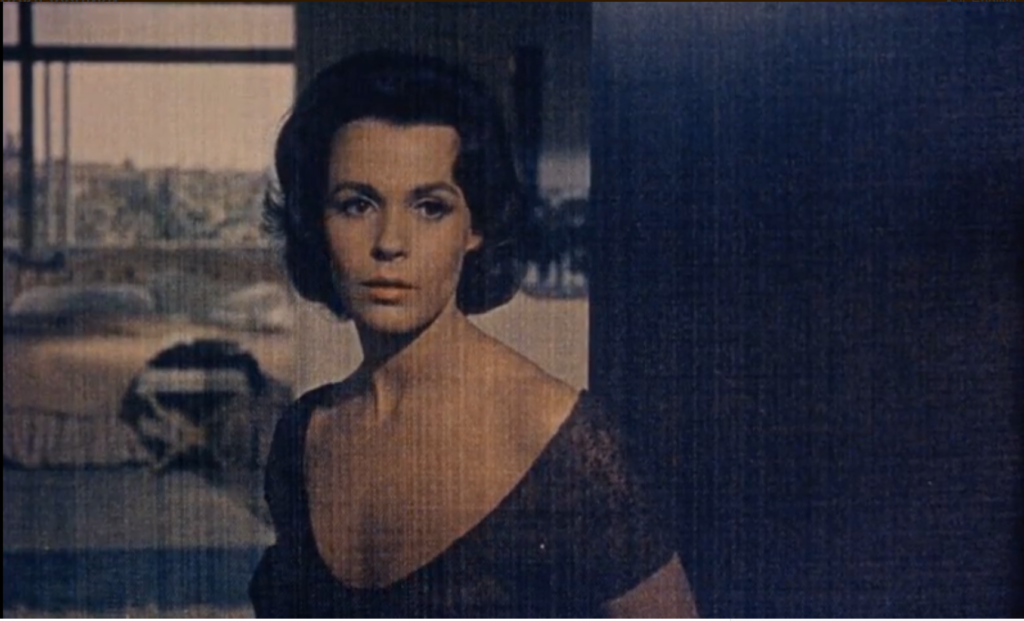
and Glynis Johns provides welcome comedic relief.
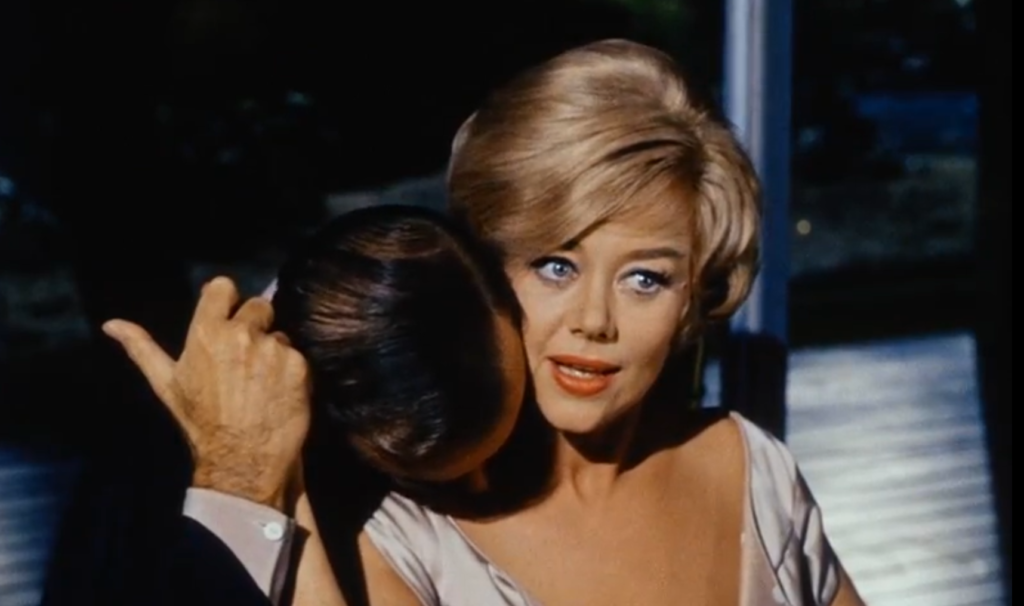
Winters’ performance alone is rather half-hearted, but this seems to be primarily a function of her under-written character.
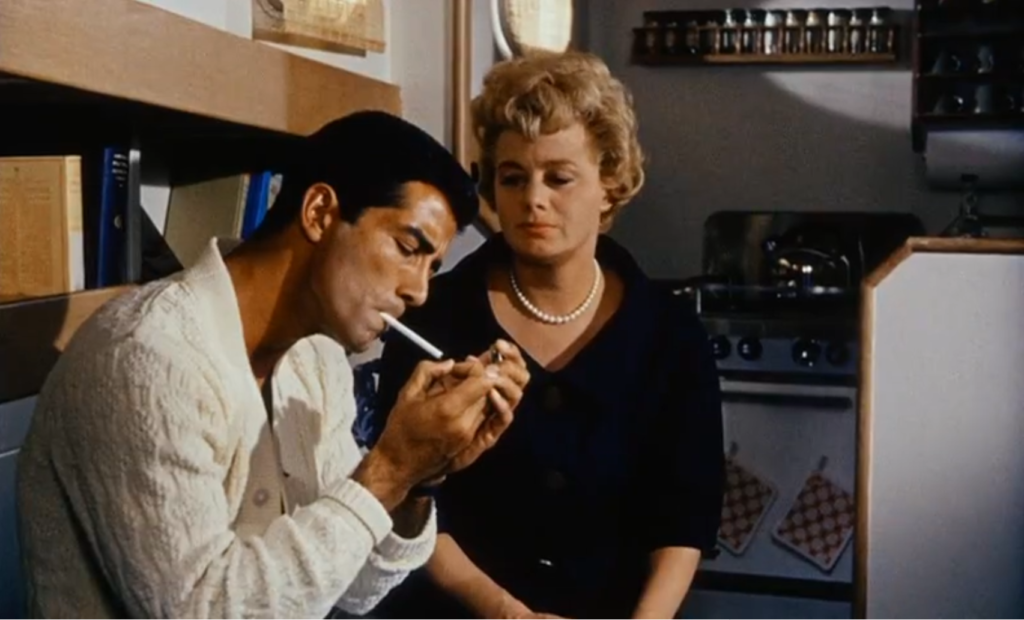
Indeed, the film’s worst scenes are those when the women aren’t present — nearly every interaction between the researchers themselves, for instance, comes across as dry and stiffly written.
At first glance, The Chapman Report appears to be preaching heavy-handedly against sex surveys in general — since, rather than remaining a “neutral” collection of data, Dr. Chapman’s work (as predicted by a concerned “member of society”) stirs up deeply uncomfortable feelings in each of its leading participants. Yet this moral attitude gradually shifts, once we realize that participating in the interviews simply pushed these women to confront what was buried not-so-deeply inside of themselves all along. By the end — in typical mid-century fashion — the ideal of marriage in America prevails, with sex put in its “rightful” place as an act of love between man and wife.
Redeeming Qualities and Moments:
- Jane Fonda’s unfairly maligned performance as the “frigid” widow
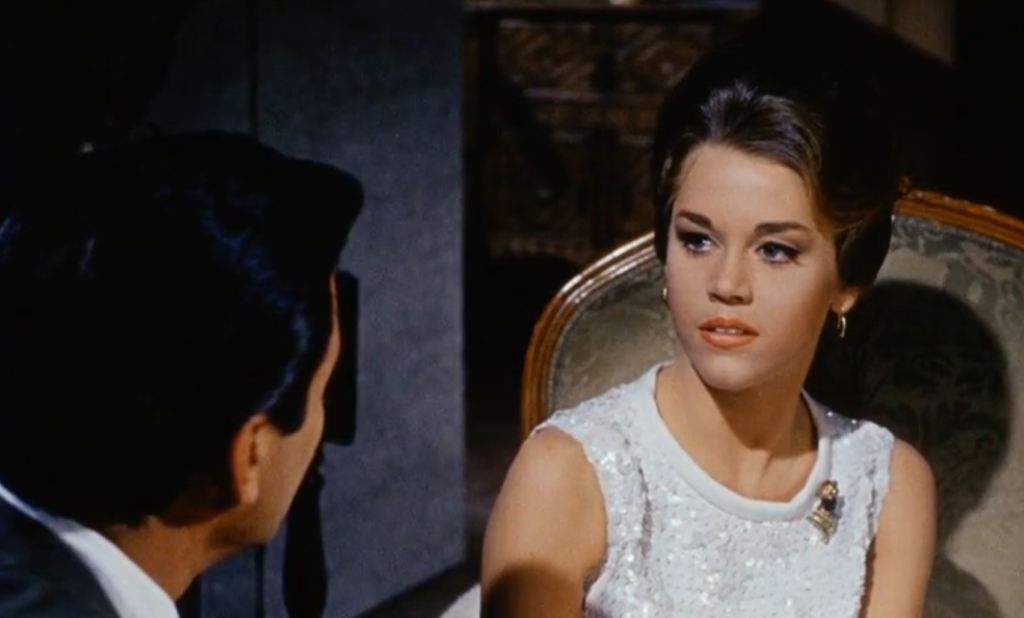
- Claire Bloom as the sultry, suicidal divorcee
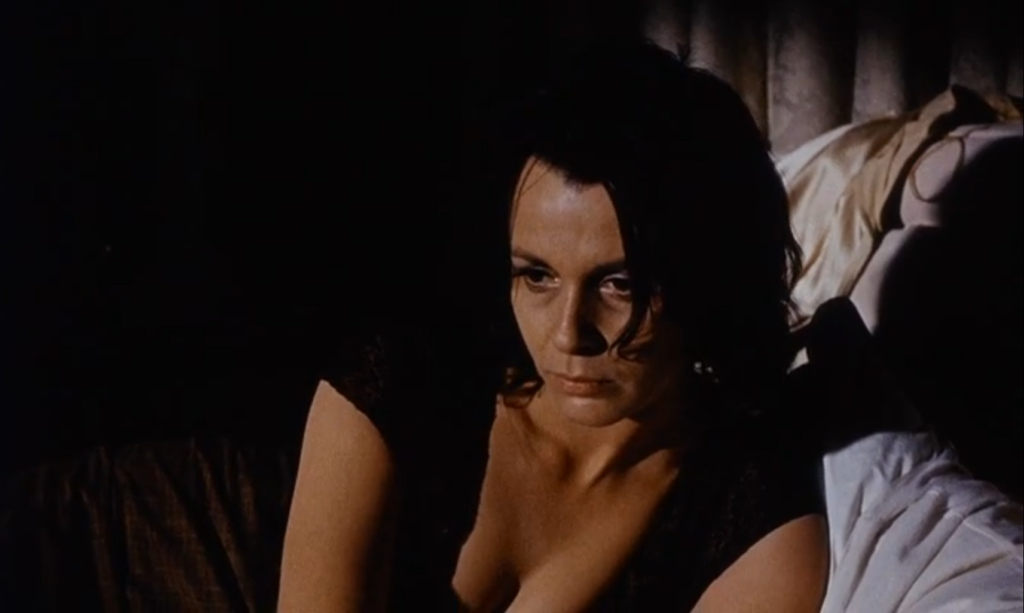
- Glynis Johns in the film’s “comic relief” role
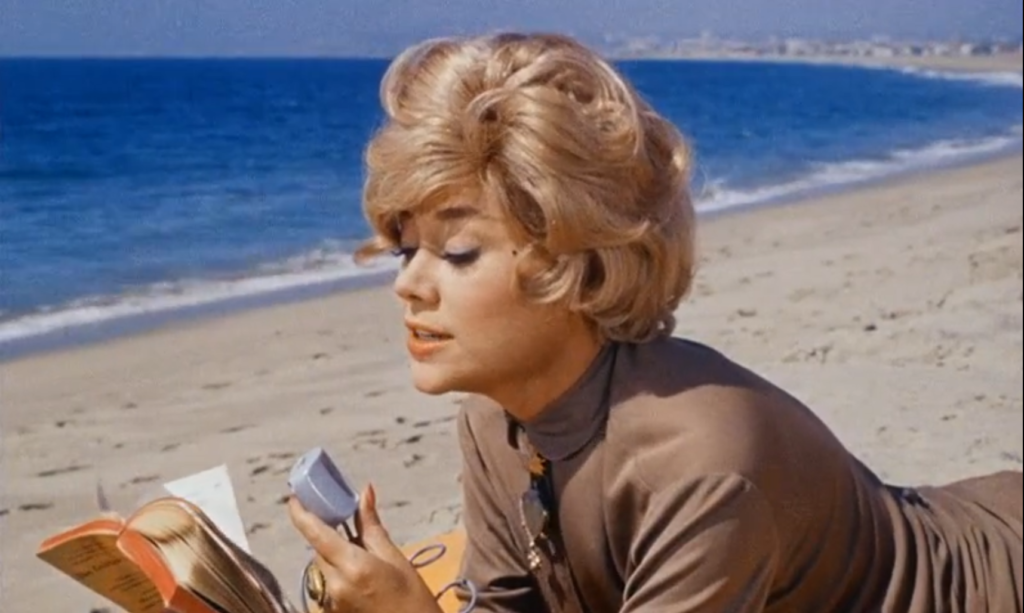
Must See?
No. This “infamously bad” melodrama now holds curiosity appeal, but is ultimately not must-see viewing.
Links:
|
